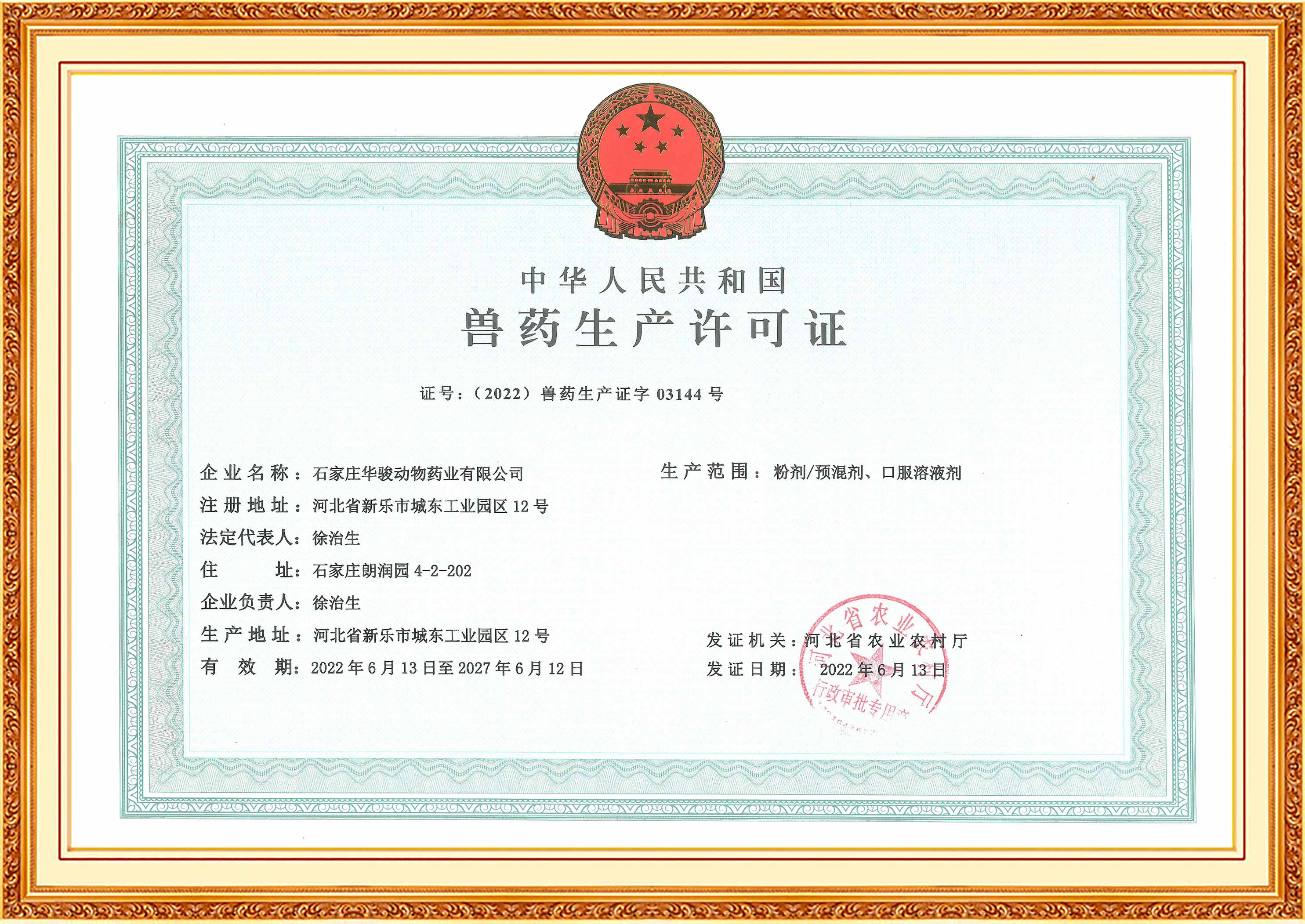
Th11 . 22, 2024 15:08 Back to list
infectious rhinitis
Infectious Rhinitis Understanding the Causes, Symptoms, and Management
Infectious rhinitis, commonly referred to as the common cold, is a prevalent condition affecting individuals across all age groups. This viral infection primarily targets the upper respiratory tract, leading to inflammation of the nasal mucosa. While it is often perceived as a mild and self-limiting illness, understanding its causes, symptoms, and management can enhance one’s ability to navigate through the discomfort associated with it.
Causes of Infectious Rhinitis
Infectious rhinitis is predominantly caused by viruses, with rhinoviruses being the most common culprits. Other viral agents include coronaviruses, adenoviruses, and respiratory syncytial virus (RSV). These viruses are highly contagious and can be transmitted through respiratory droplets when an infected individual coughs or sneezes. Furthermore, touching contaminated surfaces and then touching one’s face can also lead to infection.
Several factors can increase the risk of contracting infectious rhinitis. These include exposure to crowded places, seasonal variations as seen in autumn and winter, and weakened immune systems due to underlying health conditions or stress. While anyone can get a cold, children are particularly susceptible, often contracting several colds each year due to their developing immune systems and frequent interactions with peers.
Symptoms of Infectious Rhinitis
The symptoms of infectious rhinitis typically manifest within 1 to 3 days after exposure to the virus. Common symptoms include
infectious rhinitis

- Nasal congestion This is often the most bothersome symptom, leading to difficulties in breathing through the nose. - Runny nose A clear or watery discharge may precede thicker mucus as the condition progresses. - Sneezing Frequent sneezing is a reflex action to clear irritants from the nasal passages. - Sore throat Inflammation of the throat can occur, sometimes accompanied by a scratchy sensation. - Coughing As the infection progresses, it might lead to a dry or productive cough. - Mild fever Though not universally present, a low-grade fever may occur, particularly in children.
These symptoms typically last for about 7 to 10 days. However, some individuals may experience prolonged symptoms or complications such as sinusitis or secondary bacterial infections.
Management and Prevention
Management of infectious rhinitis largely focuses on alleviating symptoms and providing comfort. Over-the-counter medications, such as decongestants, antihistamines, and pain relievers, can help relieve nasal congestion and discomfort. Additionally, staying hydrated, using saline nasal sprays, and inhaling steam can provide symptomatic relief.
While there is no cure for the common cold, several preventive measures can be employed to reduce the risk of infection. Practicing good hygiene is paramount. Regular handwashing with soap and water, using hand sanitizer when soap is unavailable, and avoiding close contact with infected individuals can significantly lower transmission rates. Furthermore, maintaining a healthy lifestyle, including a balanced diet, regular exercise, and adequate sleep, can bolster the immune system, making individuals less susceptible to viral infections.
Conclusion
Infectious rhinitis, though often dismissed as a minor ailment, can lead to considerable discomfort and health-related disruptions. By understanding the causes, recognizing the symptoms, and adopting effective management and preventive strategies, individuals can better cope with this common condition. While it is a ubiquitous aspect of human life, knowledge and awareness can mitigate its impact, allowing individuals to recuperate and return to their daily activities with greater ease.
-
Quality Bacillus Coagulans BC30 Factory - Expert Production
NewsAug.02,2025
-
China Salivation AI with GPT-4 Turbo Features
NewsAug.01,2025
-
Epic Sepsis Factories: AI-Driven Detection with GPT-4 Turbo
NewsJul.31,2025
-
Acute Salpingitis and Oophoritis AI Factory
NewsJul.31,2025
-
Premium China Bacillus Subtilis Supplier & Factory Solutions
NewsJul.30,2025
-
Premium Avermectin Supplier in China | Custom Solutions Available
NewsJul.29,2025




